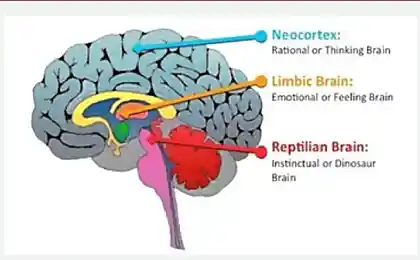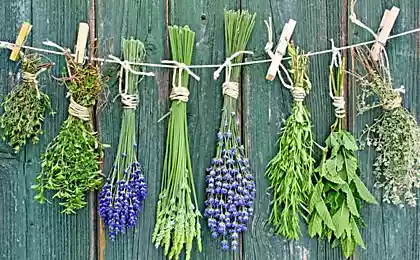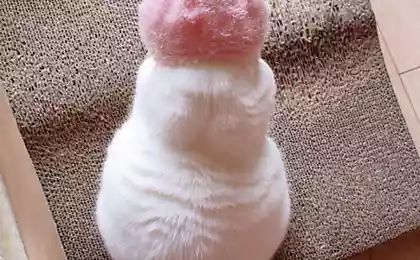520
Although plants do not have a brain, they are able to count the risks
The plants have a sort pamyati
Plants do not have a brain, but it does not mean that they have no alternative forms of "reason". According to a recent study conducted on barberry and parasites living in it, some plants have something like a memory and can even calculate the risks.
Berberis vulgaris often has problems with parasites: tephritid fruit flies lay eggs inside its berries. As soon as the larva develops, it eats seeds inside berries.
Inside most of the berries of barberry are two seed. Barberry may suspend the development of its seeds to keep them in the future - now botanists call such behavior plant seed selective abortion - so barberry protected from pestrokrylok. To larvae do not reach the second seed, the plant throws out both the infected seed and larvae die as a result.

The seeds inside the fruit infested plants are rejected not always - it depends on how many seeds are inside the fruit. If the infected fruit two seeds, the plant will throw one in 75% of cases, to save the second. But if the infected fetus is only one seed, the plant gets rid of it only in 5% of cases.
If barberry threw all infected seed, I would have lost too much, but instead he seemed to figure out that the larvae would die for other reasons. This proactive behavior really surprised researchers: it seems that the plant is able to calculate the risks and weigh it profitable to get rid of the seed in each case.
The strategy observed in barberry - the first evidence of such a complex ecological behavior of plants, indicating that plants have structural memory, able to understand the difference between internal and external conditions and can count the risks.
via factroom.ru

Plants do not have a brain, but it does not mean that they have no alternative forms of "reason". According to a recent study conducted on barberry and parasites living in it, some plants have something like a memory and can even calculate the risks.
Berberis vulgaris often has problems with parasites: tephritid fruit flies lay eggs inside its berries. As soon as the larva develops, it eats seeds inside berries.
Inside most of the berries of barberry are two seed. Barberry may suspend the development of its seeds to keep them in the future - now botanists call such behavior plant seed selective abortion - so barberry protected from pestrokrylok. To larvae do not reach the second seed, the plant throws out both the infected seed and larvae die as a result.

The seeds inside the fruit infested plants are rejected not always - it depends on how many seeds are inside the fruit. If the infected fruit two seeds, the plant will throw one in 75% of cases, to save the second. But if the infected fetus is only one seed, the plant gets rid of it only in 5% of cases.
If barberry threw all infected seed, I would have lost too much, but instead he seemed to figure out that the larvae would die for other reasons. This proactive behavior really surprised researchers: it seems that the plant is able to calculate the risks and weigh it profitable to get rid of the seed in each case.
The strategy observed in barberry - the first evidence of such a complex ecological behavior of plants, indicating that plants have structural memory, able to understand the difference between internal and external conditions and can count the risks.
via factroom.ru
Are the Spartans were the greatest warrior of all time
Nepal introduces a tax on garbage and feces on Everest























